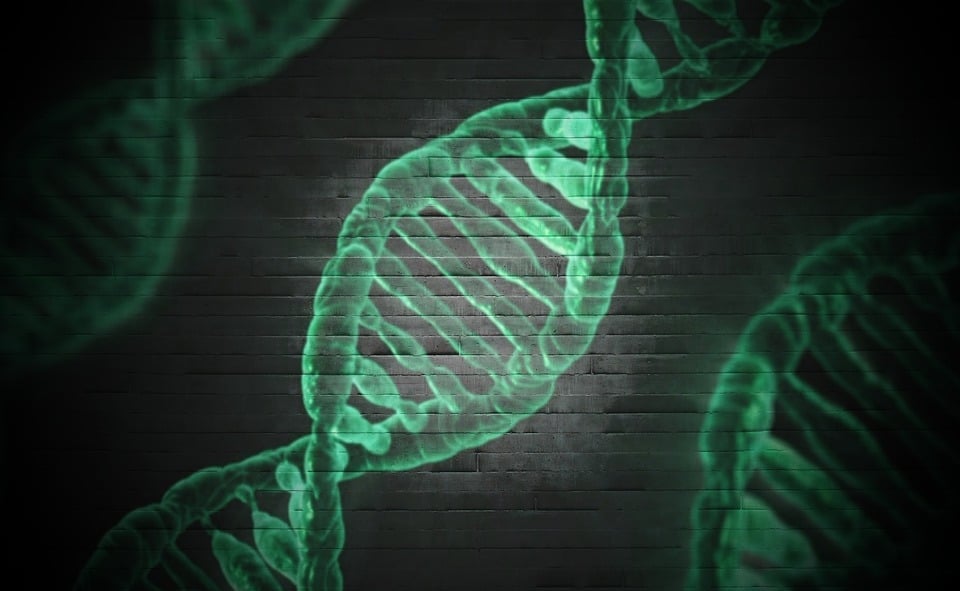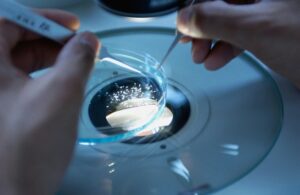
Thousands of years ago, ancient humans embarked on a perilous journey, traversing the icy expanse of the Bering Strait to reach the uncharted territories of the Americas. A groundbreaking study from the University of Colorado Boulder now reveals that these early nomads carried with them a crucial genetic legacy—a segment of DNA inherited from the now-extinct Denisovans, a mysterious group of ancient hominins. This genetic inheritance may have played a vital role in helping these early settlers adapt to the challenges of their new environment.
The study, set to be published on August 21 in the journal Science, offers fresh insights into human evolution. “In terms of evolution, this is an incredible leap,” said Fernando Villanea, one of the study’s lead authors and an assistant professor in the Department of Anthropology at CU Boulder. “It shows an amount of adaptation and resilience within a population that is simply amazing.”
Unearthing the Denisovan Legacy
The research sheds new light on the Denisovans, a species that once inhabited regions stretching from modern-day Russia to Oceania and the Tibetan Plateau. Although Denisovans likely went extinct tens of thousands of years ago, their existence only came to light 15 years ago through DNA analysis of a bone fragment found in a Siberian cave. Unlike Neanderthals, whose physical characteristics are better known, Denisovans remain enigmatic.
“We know more about their genomes and how their body chemistry behaves than we do about what they looked like,” Villanea remarked. A growing body of research indicates that Denisovans interbred with both Neanderthals and humans, significantly influencing the genetic makeup of contemporary populations.
The MUC19 Gene: A Genetic Time Capsule
Villanea and his team, including co-lead author David Peede from Brown University, focused on a gene called MUC19, which plays a crucial role in the immune system. Their findings reveal that individuals with Indigenous American ancestry are more likely to possess a variant of this gene inherited from Denisovans. This genetic heritage may have been instrumental in enabling humans to thrive in the diverse ecosystems of North and South America.
MUC19 is one of 22 genes in mammals responsible for producing mucins, proteins that form mucus and protect tissues from pathogens. “It seems like MUC19 has a lot of functional consequences for health, but we’re only starting to understand these genes,” Villanea explained.
“This DNA is like an Oreo, with a Denisovan center and Neanderthal cookies,” Villanea said, describing the surprising genetic structure.
Tracing the Path of Ancient DNA
The researchers delved into existing genomic data from modern humans in Mexico, Peru, Puerto Rico, and Colombia, regions with prevalent Indigenous American ancestry. They discovered that one in three individuals of Mexican descent carries the Denisovan variant of MUC19, particularly in genomic segments linked to Indigenous American heritage. In contrast, only 1% of people with Central European ancestry carry this variant.
This discovery was further compounded by the realization that the Denisovan gene variant is flanked by Neanderthal DNA, suggesting a complex history of interbreeding. Villanea and his colleagues propose that before humans crossed the Bering Strait, Denisovans interbred with Neanderthals, passing on the Denisovan MUC19. Subsequent interbreeding between Neanderthals and humans facilitated the transfer of this genetic material to human populations.
Adapting to a New World
The researchers hypothesize that natural selection favored the Denisovan variant of MUC19 in the Americas due to the unique environmental challenges faced by early settlers. “All of a sudden, people had to find new ways to hunt, new ways to farm, and they developed really cool technology in response to those challenges,” Villanea noted. “But, over 20,000 years, their bodies were also adapting at a biological level.”
Villanea plans to further investigate how different MUC19 gene variants affect the health of contemporary humans. For now, the study underscores the remarkable adaptability of human populations. “What Indigenous American populations did was really incredible,” Villanea said. “They went from a common ancestor living around the Bering Strait to adapting biologically and culturally to this new continent that has every single type of biome in the world.”
Collaborative Research Efforts
This study is a collaborative effort involving researchers from Brown University, the University of Washington School of Medicine, Universidad Nacional Autónoma de México, University of Copenhagen, Clemson University, University of Padova, University of Turin, University of California, Berkeley, Université Paris-Saclay, and Trinity College Dublin.
As scientists continue to unravel the mysteries of our genetic past, studies like this one provide crucial insights into the complex tapestry of human evolution and the enduring legacy of ancient hominins in shaping our present and future.







